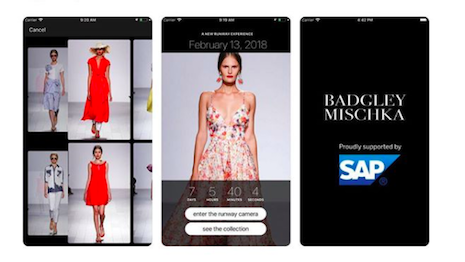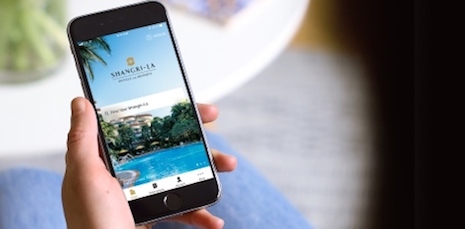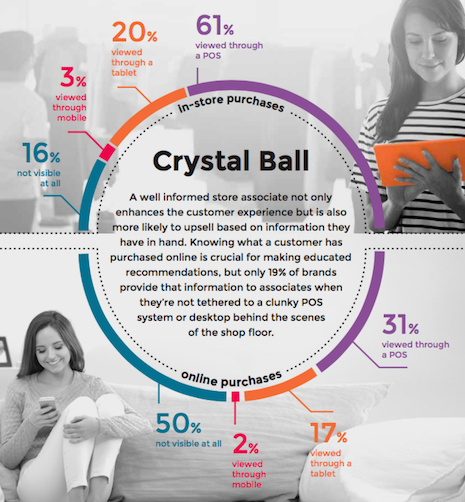 Mobile shopping apps drive a huge number of sales for fashion. Image credit: Badgley Mischka
Mobile shopping apps drive a huge number of sales for fashion. Image credit: Badgley Mischka
Mobile applications are an increasingly important part of the modern retail ecosystem, with 67 percent of all mobile ecommerce sales coming from brands' shopping apps.
Criteo's Q4 Global Commerce Study has analyzed the impact mobile commerce has had on the retail world. The study also found that fashion is one of the top-performing categories for mobile shopping.
"As smartphone usage continues to soar, increased app adoption and mobile browsing have resulted in interesting omnichannel shopping patterns," said Jonathan Opdyke, chief strategy officer at Criteo, New York. "Our latest report illustrates the power of shopping apps to drive significantly higher conversion rates and sales on mobile devices, and also confirms that omnichannel customers provide the highest lifetime value.
"Retailers and brands can take advantage of these trends to optimize their marketing efforts, allowing them to more effectively connect with shoppers to yield the strongest commerce results possible."
Mobile shopping
Mobile devices play a huge role, not just in online shopping, but in every way customers interact with stores today, from in-store research to retaining a relationship with a brand or retailer.
Criteo’s latest report dives into some of the details around what impact mobile devices have had on the retail industry. What they found was that smartphone transactions increased by 13 percent over the fourth quarter of 2017.
Shangri-La's app includes features such as fast booking and mobile check-in. Image courtesy of Shangri-La
Fashion and luxury have been near the top of that growth with 40 percent share of mobile revenue followed closely by health and beauty with 38 percent. However, both categories were beaten overall by sporting goods with 44 percent.
Omnichannel consumers are also incredibly valuable, representing only 7 percent of all consumers but 27 percent of all sales. Retailers that cultivate an omnichannel audience will reap the rewards of their outsized influence.
Finally, shopping apps’ conversion rates were six times higher than the mobile Web, further showcasing their superiority.
Increased options
Mobile devices have a wide range of applications for luxury brands and retailers.
For instance, U.S. fashion label Badgley Mischka has opened a pathway to discovering the most beloved items of its collection the moment they hit the runway.
The brand took a hands-on approach to its fall/winter 2018 show, gathering real-time data from audience members via a mobile application. Attendees were able to learn more about their favorite pieces and let Badgley Mischka know which were the most liked and loved in real time (see story).
Similarly, to launch the updated version of its mobile application, Shangri-La Hotels and Resorts is offering exclusive benefits to its loyalty members.
The Crystal Ball. Image credit: NewStore
The Hong Kong-based hotelier is giving its Golden Circle enrollees up to triple the rewards points for engaging with functions of the new app. Mobile has become an increasingly important touchpoint for travel, as a growing number of bookings come through the channel (see story).
But some aspects of mobile are being underused. Physical retailers differentiate themselves from online counterparts through lower price points, a wider assortment of goods and unique experiences, but as ecommerce is priced to match and product selections expand, bricks-and-mortar sellers are defined only by experience.
Engaging with customers on the shop floor is one of the best ways of improving that experience and mobile technology can help sales associates accomplish that goal more effectively. But a report from NewStore found that only 51 percent of brands empower their associates with smartphones or other mobile devices to help customers (see story).
While the popularity of mobile shopping in fashion and luxury is heartening, there is still more that brands can do to improve.

